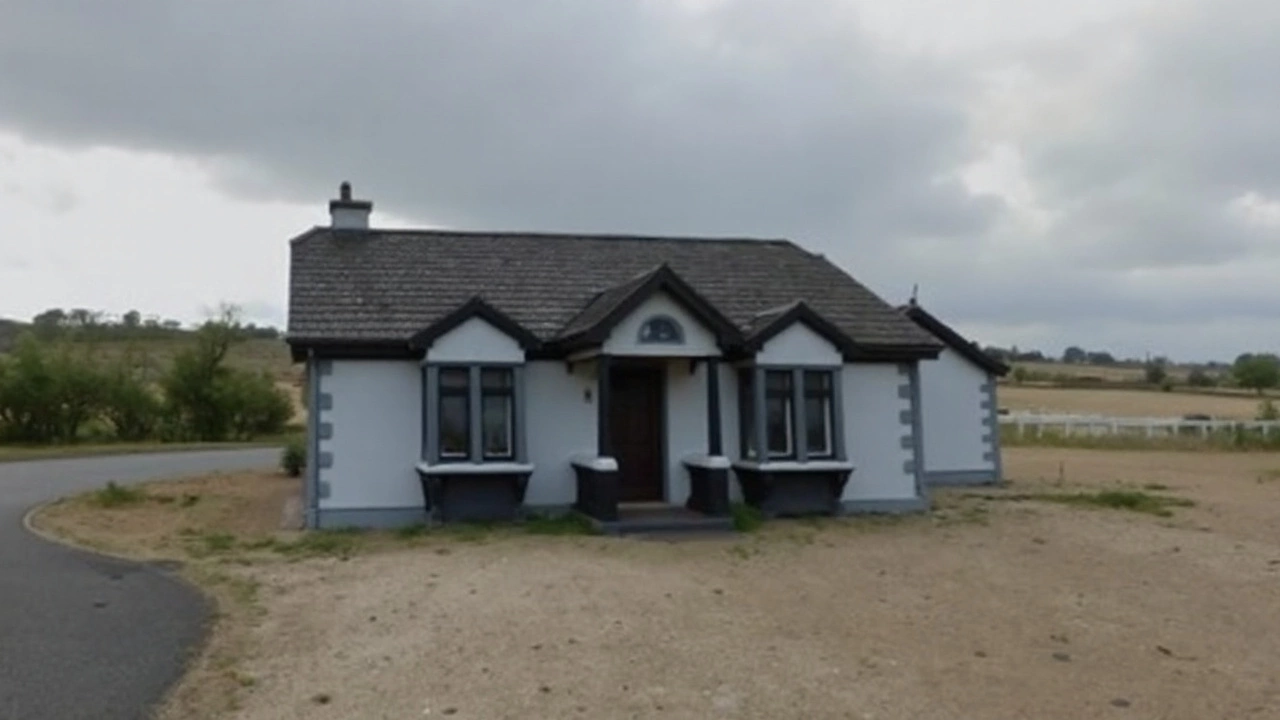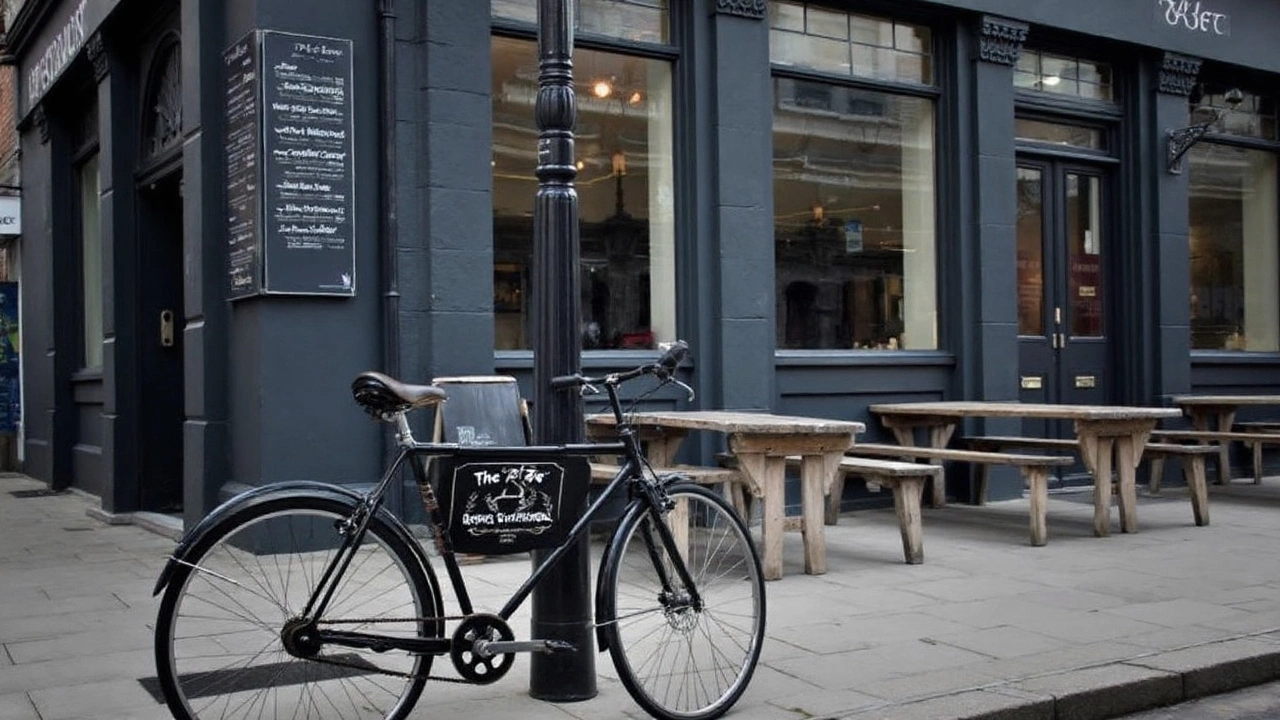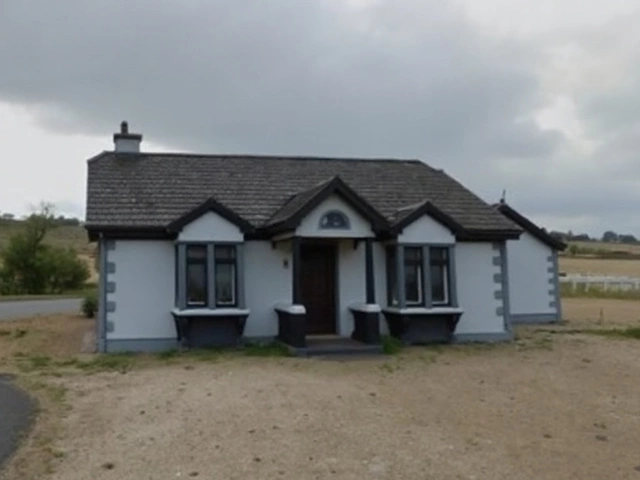Pub conversion: Historic Co Londonderry inn to become six flats with minimal changes

A rural landmark gets a second life
The former Reilly's Inn, a long-quiet country pub on Bond's Glen Road in Co Londonderry, is set for a new chapter as housing. A planning application proposes six self-contained apartments inside the existing structure, promising minimal external change and a careful nod to the building’s past. Locals also knew the venue as the Bond's Glen Bar—a staple of the area’s social life before it fell vacant.
The plan is simple in concept: reuse the shell that already stands, keep the architectural character, and rework the interiors to meet modern residential standards. That means subdividing the space into compact units, upgrading fire safety and insulation, and slotting in kitchens and bathrooms without stripping away the original look from the road. Think preservation first, adaptation second.
Keeping changes to a minimum matters in places like Bond's Glen. Rural pubs often sit at road bends or junctions, with familiar rooflines, doorways, and stone or rendered walls that anchor the landscape. Alter those too much and the place stops feeling like home. The application leans the other way—retain as much as possible while making the building work as a home to six households.
The promise here isn’t just about nostalgia. The six flats would add modest but meaningful housing supply where ready-to-move-in options can be thin. Small units are typically snapped up by singles, young couples, and downsizers. Reusing a vacant property can also be faster and less disruptive than building from scratch on a greenfield site.
How does a conversion like this move through the system? The planning file usually includes drawings, a design statement, and details on access, drainage, and waste. There’s often a heritage or character appraisal when the building carries local significance. Expect standard conditions to come up if it’s approved—things like hours for construction work, materials that match the existing façade, and clear sightlines for traffic.
Community response tends to fall into two camps. Some welcome a lived-in building over a boarded-up one, especially if the exterior stays familiar and the site gets maintained. Others worry about parking pressure, extra cars on rural lanes, and the loss of a social hub. Those are valid questions, and they’re usually handled through parking layouts, visibility splays, and, where needed, small design tweaks before a final decision.

A wider trend: vacant buildings into homes
Reilly’s Inn isn’t an isolated case. Across Ireland, rules introduced in 2018—and expanded in 2022 to include pubs—have made it easier to turn empty commercial buildings into housing. Between 2018 and 2024, local authorities received 1,457 notifications covering conversions that could yield 3,429 homes. Since pubs were brought into the scheme in 2022, there have been 154 notifications with the potential to deliver 459 homes. Those numbers explain why you’re seeing more shutters come up and lights turn on in old high-street buildings.
The drivers are clear. Drinking habits shifted, energy costs rose, and the pandemic sped up changes in how people socialise. Many rural and edge-of-town pubs struggled to keep trading year-round. Meanwhile, housing demand didn’t let up. The policy logic is straightforward: if a building has good bones and sits in a settled place with roads and services, bring it back into use rather than leaving it empty.
For heritage, conversions like this can be a win. A lived-in building is maintained; a vacant one decays. That means the original façade, signage, and window proportions can survive, telling the story of the place even as its use changes. Architects often look for ways to keep distinctive features—brickwork, lintels, even traditional doorframes—while making sure the homes inside are warm, safe, and practical.
Details will decide how well Reilly’s Inn transforms. Expect focus on insulation and airtightness to keep energy bills down, careful placement of bins and bike storage to avoid clutter at the front, and landscaping that respects sightlines for drivers. Small touches—like matching render or stone, and keeping the main entrance legible—help the building feel familiar to anyone passing by.
There’s also the human side. Six households mean a steadier rhythm on the lane: lights on at dusk, cars coming and going, a bit of conversation at the gate. That’s different from a Saturday-night pub crowd, but it’s not nothing. For nearby residents, a maintained site with regular activity is often better than a vacant structure that attracts damp and occasional vandalism.
The planning decision is still pending. If it gets the green light, the project will join a wave of reuse across the island that’s turning empty commercial footprints into front doors. The goal isn’t to erase the past—it’s to carry it forward. In a county dotted with character buildings, a sensitive pub conversion can keep the look and feel of the place while giving people somewhere to live.
What happens next? The council will work through submissions, assess transport and site services, and weigh design against policy. If tweaks are needed, they’ll be requested. If the plan stacks up, a vacant landmark on Bond’s Glen Road could be lived in again—six homes under a roof that locals already know.
